ArtistAttila CSÁJI: Hymn to the three numbers (1969/1979/2019) / Bent Light VI. (1976)




![]()
Attila CSÁJI
Light possesses a paradoxical, dual nature. But is not this dual nature also the bearer of the human essence? When we study light, are we not again studying ourselves?
Hymn to the three numbers (1969/1979/2019)
Laser light, superposition mobile, wooden plinth
A highly organized beam of light that is both monochromatic and coherent due to its ability to interfere, Attila Csáji uses the laser as a graphic tool. His installation showcased here simultaneously displays the intellectual determination of the engineer-technician’s mind and the poetry of a world interpreted through the abstract language of art. In Csáji’s work, the ambivalent duality of the logical and magical aspects of light is synthesized. The artist’s attention is directed towards combining heterogeneous elements, reconciling two opposing poles. The dramaturgy of the work is stretched by the static, sealed form of the geometric bodies, emphasizing stability, and the ever changing laser light released from them, broken down into the colours of the spectrum, in its soft, fluid and mysterious character. Among Csáji’s sources of inspiration is Ernő Kállai’s book The Hidden Face of Nature (1947), which lends credence to his conviction that we should lift the veil on the hidden structures of the world revealed by optical instruments and make the mystery of science both visible and tangible through art. The numbers in the title of the installation are an imaginary reference to the artist’s own memories of the dates of the technical-scientific and cultural significance of the moon landing, and Csáji’s patent for the use of laser light to superposition forms and the application of light kinetics in Platonic bodies, which are considered the basic components of the universe.

Bent Light VI. (1976)
Glass tube filled with gas, electrodes, light powder
The message of Attila Csáji’s neon objects lies in expanding the conceptual framework of reality and condensing it into a symbolic form. The experiments with fluorescent lighting express the idea of transposing the artist’s Sign-Grid paintings from 1967 to 1970 into a new medium. In his neon works the fracture of paint applied with a spatula or by hand is replaced by gestures articulated by light. In the organically shaped glass tubes with their calligraphic lines, the bright and intense colours, responsive to electromagnetic radiation, are filled with a previously unknown richness. In contrast to his contemporaries (e.g. Bruce Nauman, Dan Flavin, Keith Sonnier), Csáji, who created his first neon sculptures in the mid-1970s, never admired the aesthetics of the new medium in itself, but was instead preoccupied with the duality of the corporeal and spiritual nature of light, and the depth of the associations projected into the patterns of nature.

Attila Csáji (1939, Moldava nad Bodvou) is one of the pioneers of Hungarian avant-garde art, whose gesture painting introduced the dramatic use of light to transform the surface of the image into plasticity as early as the mid-1960s. At the Central Research Institute of Physics in Budapest he was the first to experiment with the aesthetics of lasers, and later holograms. In the late 1970s he developed the application of the superposition transformation of laser light to image-making, which he enhanced as an artist-in-residence at MIT.
Light Revolution ExhibitionARTISTS
Zalán ADORJÁN | Gáspár BATTHA | Bálint BOLYGÓ | BORSOS LŐRINC | Éva BORTNYIK | Attila CSÁJI | Attila CSÖRGŐ| Ben FODOR| GLOWING BULBS | Zsolt GYENES | HEALIUM | Tamás HERCZEG | Erzsébet HORVÁTH | György KEPES | Gábor KITZINGER| Ivó KOVÁCS | Éva KÖVES | Waldemar MATTIS-TEUTSCH | András MENGYÁN | László MOHOLY-NAGY | Erik MÁTRAI | András NAGY | Nicolas SCHÖFFER | Zalán SZAKÁCS | Ariel Dávid SZAUDER | Csongor G. SZIGETI | Csilla SZILÁGYI | Jeannette SZIRMAY | Andrea SZTOJÁNOVITS | Róbert TERKÁL | Csaba TUBÁK | Victor VASARELY | Viktor VICSEK | Ákos ZEMBA
